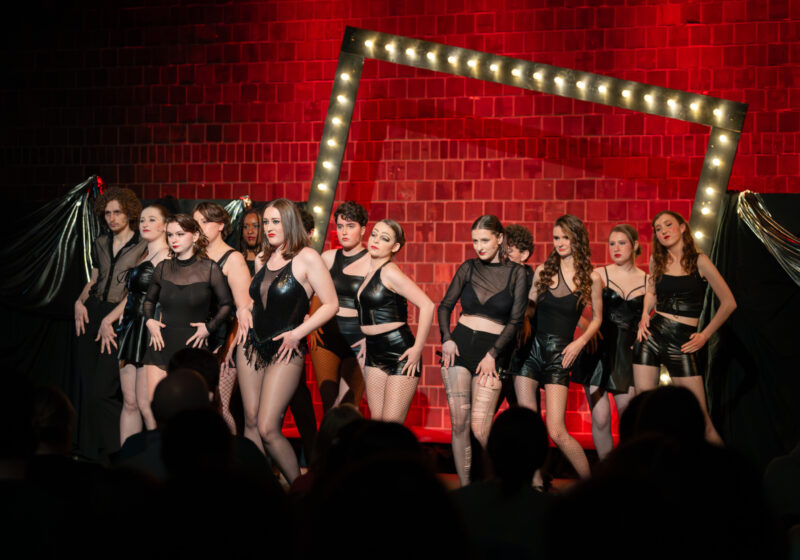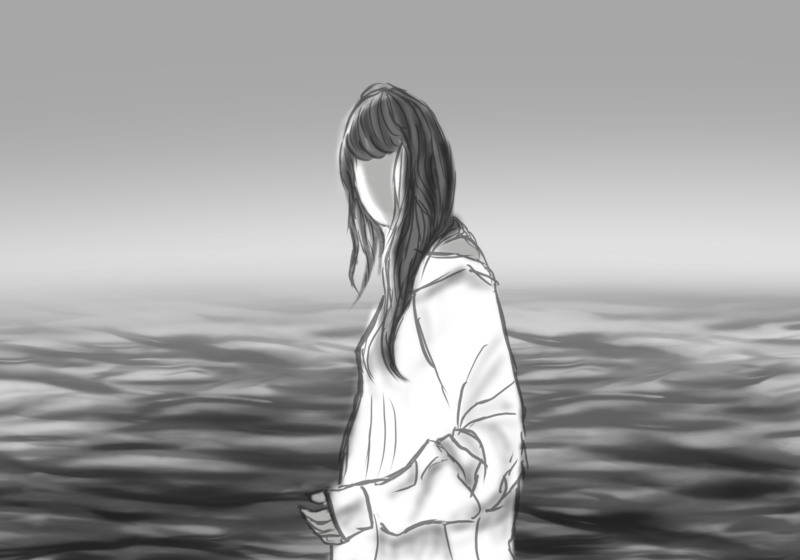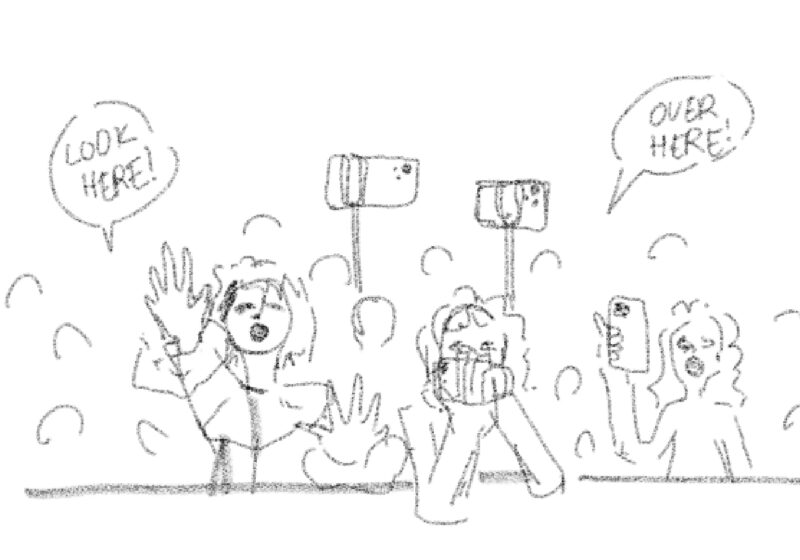
The stunning Crystal Rene, who booked the last Chanel runway, continues to break size barriers with her curvaceous frame and fierce persona. She dreams of a modeling industry without size controversy.
Before I rampage about the size issue in the fashion industry, it is important to define what exactly “the size issue” is. “All models are anorexic,” you might declare. “The body image promoted by designers is unrealistic and unhealthy,” is another popular discussion. And of course, everyone’s favorite “Every body type is beautiful.”
When preparing to write this column, I did a bit of research. By research, I mean I used Google. Lara Stone, in case you are not familiar with the name, is a top model at the peak of her career, known for her against-the-grain curves. Curious to see what I’d find, I searched “Lara Stone and size.” In the first eight hits alone there were sources calling her a size four, a size six, a size eight, and a size 10. Well, thank God she’s not a size two. Or should we celebrate that she is not a size 12? Should there be any celebrating over this confusion at all?
Evidently, Stone’s exact measurements are a hot and contradictory topic. Stone has caused such a stir in the industry precisely because of her slightly unorthodox size –– so what does it say that her size is under debate? A claim that the fashion industry’s icy heart is opening to celebrate all body types because a size 8 or 10 is a top model is quite different when the model is actually a size 4.
Let me lay out some numbers. A survey was taken by the U.S. National Center for Healthy Statistics in 2002, in which the average women was 5’3.8” and weighed 163 pounds. In the same year, the average model was 5’-10” and weighed 118 pounds. That is an 11.3-point difference in Body Mass Index (BMI) between the average woman you walk by on the street and the ideal woman projected onto billboards and plastered across thousands of copies of Vogue.
I think the fashion industry is feeling pretty good about its position on “the size issue” right now. A season ago, Mark Fast sent plus-size models down the catwalk for his spring show, Marc Jacobs hired a host of more curvaceous models for his ’60s-inspired fall collection and Karl Lagerfeld had Crystal Renn (a well-known plus-size model) book the last Chanel resort runway. Opening your arms to Victoria’s Secret models and the bombshell Ms. Renn? Wow, Marc and Karl, I’m super impressed.
In case my sarcasm did not lift off of the page, I am severely underwhelmed with the fashion industry’s attempt to solve or even address its inherent problem of body image. In January of this past year, V Magazine published an entire issue devoted to this problem, calling it “the size issue.” In one editorial spread, a “regular-sized” model (Jacquelyn Jablonksi) and a plus-sized model (Crystal Renn) are shown side-by-side in the same outfits striking the same poses. Perhaps their idea was to show some sort of visual equality in figure and clothing fit, but instead the shoot merely highlighted the difference between the two women, opening up lines of critique between one (anorexic) or the other (fat). The other editorial in the issue featured several plus-size models in very little to no clothing at all, suggesting that having curves really only comes in handy when you are looking for sex appeal. The best intentions gone awry in execution, I’m sure.
There is another extreme to this debate: Beth Ditto. Ditto, lead singer of The Gossip and a budding fashion icon, is — to put it bluntly —undoubtedly obese. She wears her love handles with pride and even flaunts them, as evidenced by her nude cover for Love magazine. It is certainly wonderful that she is so comfortable in her own skin, but is this a ridiculous front to garner fame from shock value or an honest personal protest against the industry’s strict dictation of what a body should look like? And, in either case, is a woman the size of Ditto more acceptable as a body type than a skin-and-bones model?
These are the tough questions and I don’t necessarily have the answers. I do know that it is imperative we keep the idea of “the perfect size” an ambiguous one. The “average woman” is as difficult to define as the “perfect woman,” and if we try to nail her down to a certain size or proportion we lose appreciation for her uniqueness and beauty.
I don’t mean to turn this into a sappy column on loving yourself no matter how you look. I think exercising and eating healthily are vital, but so is eating enough and being content with your natural curves.
But I beg you, do not turn to the fashion industry for your concept of body image. Even though it is making an effort at cleaning up its act, models are still voraciously underweight and frequently photoshopped. Besides, the world of high fashion is operating on an entirely separate plane of existence from our own. Their highly idealized world is not concurrent with the caffeine-soaked, stress-laden campus we live in. Know yourself, be comfortable with yourself and know the fashion industry does not function on any level of realism.
Renn, at Glamour’s Women of the Year conference, set an ideal goal for the industry: “What I would like to see happen is that you watch the runway and you see all different sizes — you see twos, you see fours, you see sixes, [you] see 12s and 14s. Then there’s no controversy about body size. Then it’s all about the clothes.” Until that day comes, Renn, let’s try to keep the industry focused on what it is all about: the clothes, and not the body — whether it be big, small, short, medium, tall — underneath.





